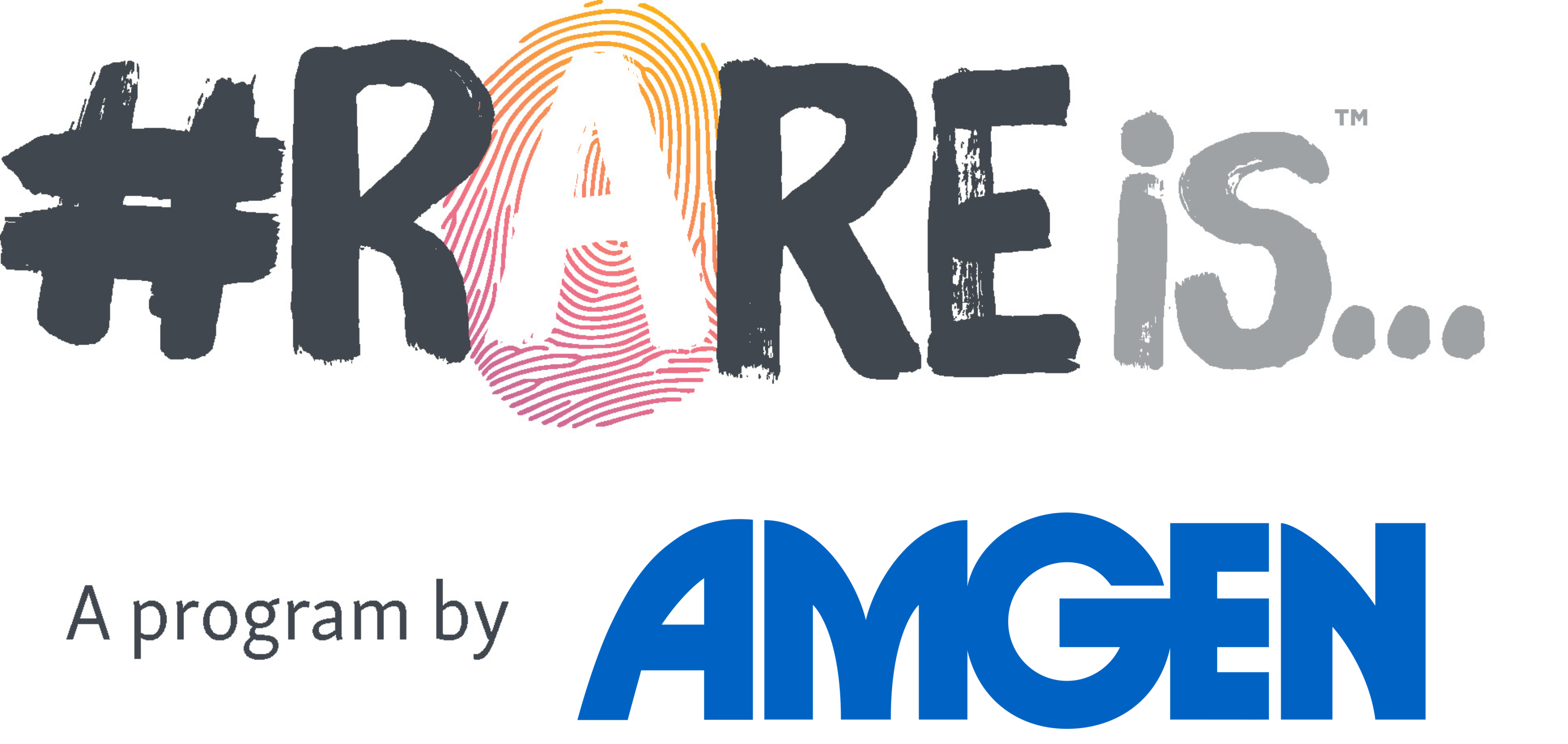Falling Apart
Eleven years ago, Felicia Morton’s son, Sebastian, was a happy and seemingly healthy newborn. But when he was six weeks old, Sebastian began to spike extremely high fevers for days on end, sometimes topping 105 degrees. Doctors tested for leukemia and recommended they try different baby formulas, but nothing seemed to help; it was like a labyrinthian maze that doctors couldn’t figure out.
The lack of answers continued for five months, during which Sebastian’s tiny body started to form abscesses that had to be drained in hospital emergency rooms. Felicia, who had been working in public relations (PR) in the healthcare industry, put her knowledge to work researching all possibilities and she eventually suspected Sebastian’s problems were related to an immunodeficiency.
After sharing her thoughts with Sebastian’s doctors, they ran tests and just like she predicted, Sebastian was diagnosed with a rare genetic immune deficiency called Chronic Granulomatous Disease (CGD). And life as the family knew it, seemed to fall apart in that moment.
Coming Back Together Again
For people living with CGD, the immune system doesn’t work as it should, making it hard for the body to fight off serious, unusual and repeat infections caused by specific types of bacteria and fungi. Following his diagnosis and the start of treatment, Sebastian would have periods when life was normal, going on family vacations and even starting preschool. But just before he turned four years old, he started to develop a life-threatening lung infection that caused many granulomas, or pockets of inflammation, to form.
“The thing with rare diseases is there’s often no clear path forward,” Felicia said. “It places a heavy burden on parents or caregivers to make all the decisions about their loved one’s health. In Sebastian’s case, following his lung infection, doctors determined a stem-cell transplant was the best option for him. But because my husband is of Latin-American descent and I’m not, our ‘mixed ethnicity’ made it impossible to find a suitable bone marrow match for Sebastian. Our only option was to use unrelated umbilical cord blood from a donor who met just four of the six match criteria. After the transplant, Sebastian’s doctors said he was actually doing better than patients who had a fully matched donor sibling. It felt like an absolute miracle.”
As life is now back on track, Sebastian who is about to be in sixth grade, is the picture of health. He plays the cello, enjoys ice skating and playing tennis.” Felicia adds with a laugh, “He also is a bit of a foodie and gets into eating unique, spicy dishes, adding dashes of sea salt, garlic powder and green pepper chili sauce to get the flavors ‘just right’”. When Felicia, contemplates it all, she feels truly blessed. Indeed, the transplant was so successful that the only medication that Sebastian takes is a standard kids’ multivitamin.
Felicia’s Mission
Felicia is now using her family’s experience, along with her own background in health care and PR, to advocate for and support other families with CDG.
In 2019, beyond her work in PR, she founded the CGD Association of America, which helps not only young CGD patients but also female X-linked carriers like herself whose lives often revolve around their child’s treatments, medications and doctor’s appointments. Through blogs, e-newsletters and social events, she dedicates her life to provide other families with the support she wishes she had early in Sebastian’s CGD journey.
“Because CGD is X-linked, many moms of CGD patients are caring for very sick kids while also facing CGD-related symptoms of their own. In my case, I’m grateful I don’t have serious health issues related to being a CGD carrier. But my mother, who is also a carrier, can experience serious symptoms.”
Being part of a solution for other families has given her a mission and purpose. To learn more about help and support programs, visit CDAA.org.

